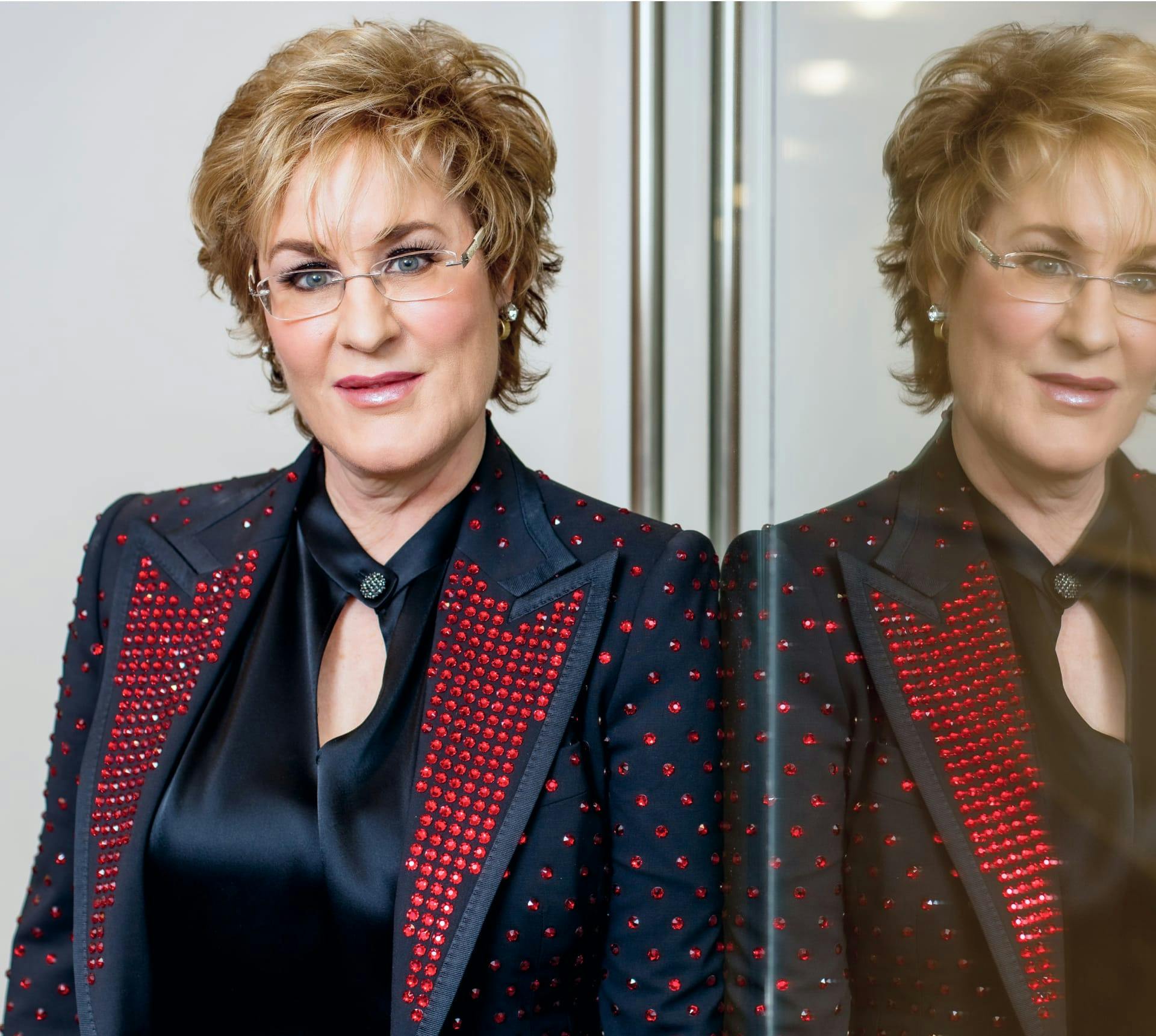See the expert in thyroid eye disease in Nashville, TN.
What Is Thyroid Eye Disease?
Thyroid eye disease (TED) is an autoimmune eye condition that’s usually associated with hyperthyroidism (an over-active thyroid, like in Graves’ disease). TED occurs when the immune system attacks the thyroid and other tissues around the eyes, leading to swelling and inflammation. Interestingly enough, the condition can also be seen in people with no other evidence of thyroid dysfunction and occasionally in patients who have Hashimoto’s disease. Most thyroid patients will not develop thyroid eye disease; those who do develop it might only have mild symptoms. Only a small percentage of thyroid eye disease patients will develop severe vision-threatening symptoms, and most of the severe vision-threatening cases are seen in patients who smoke.













